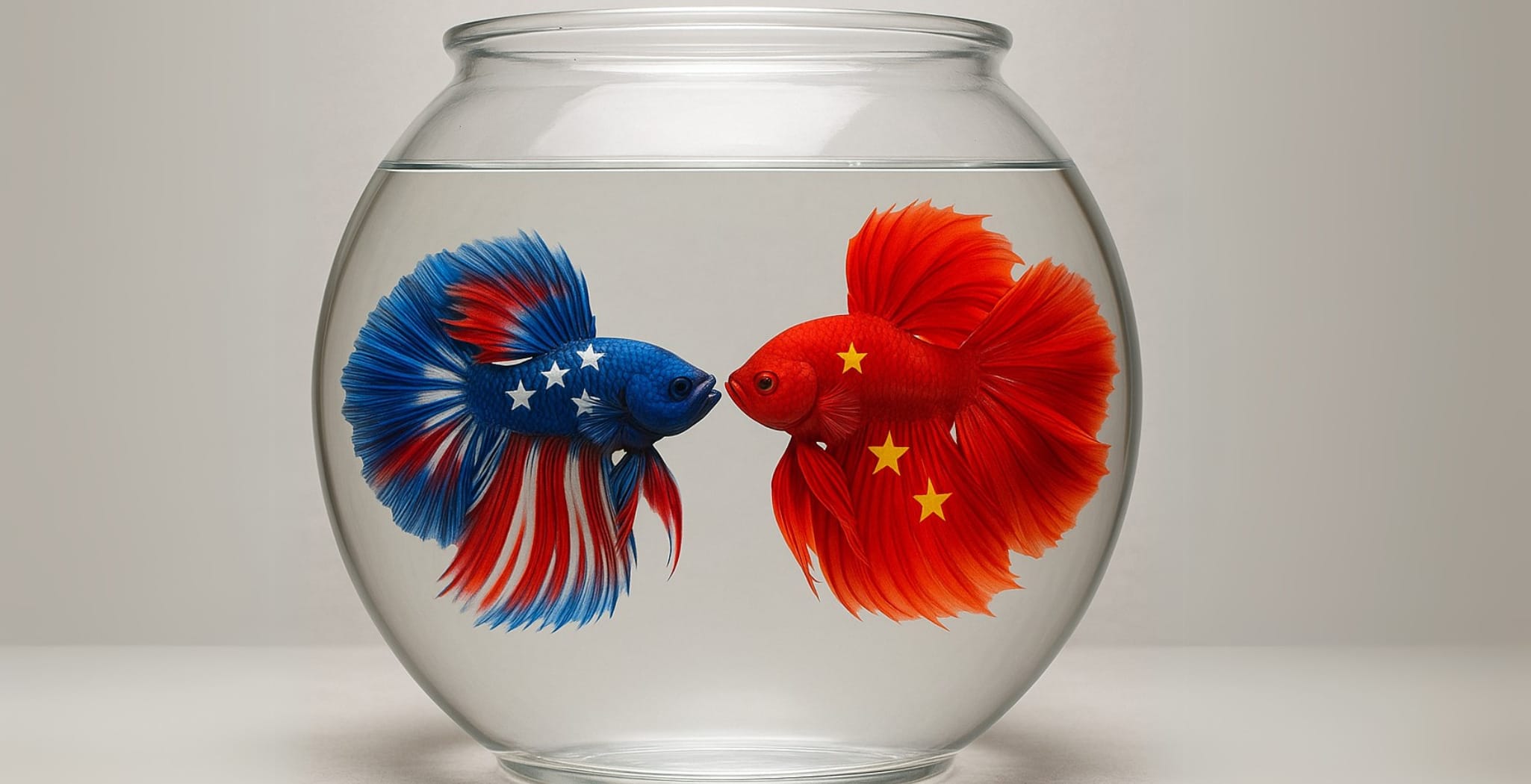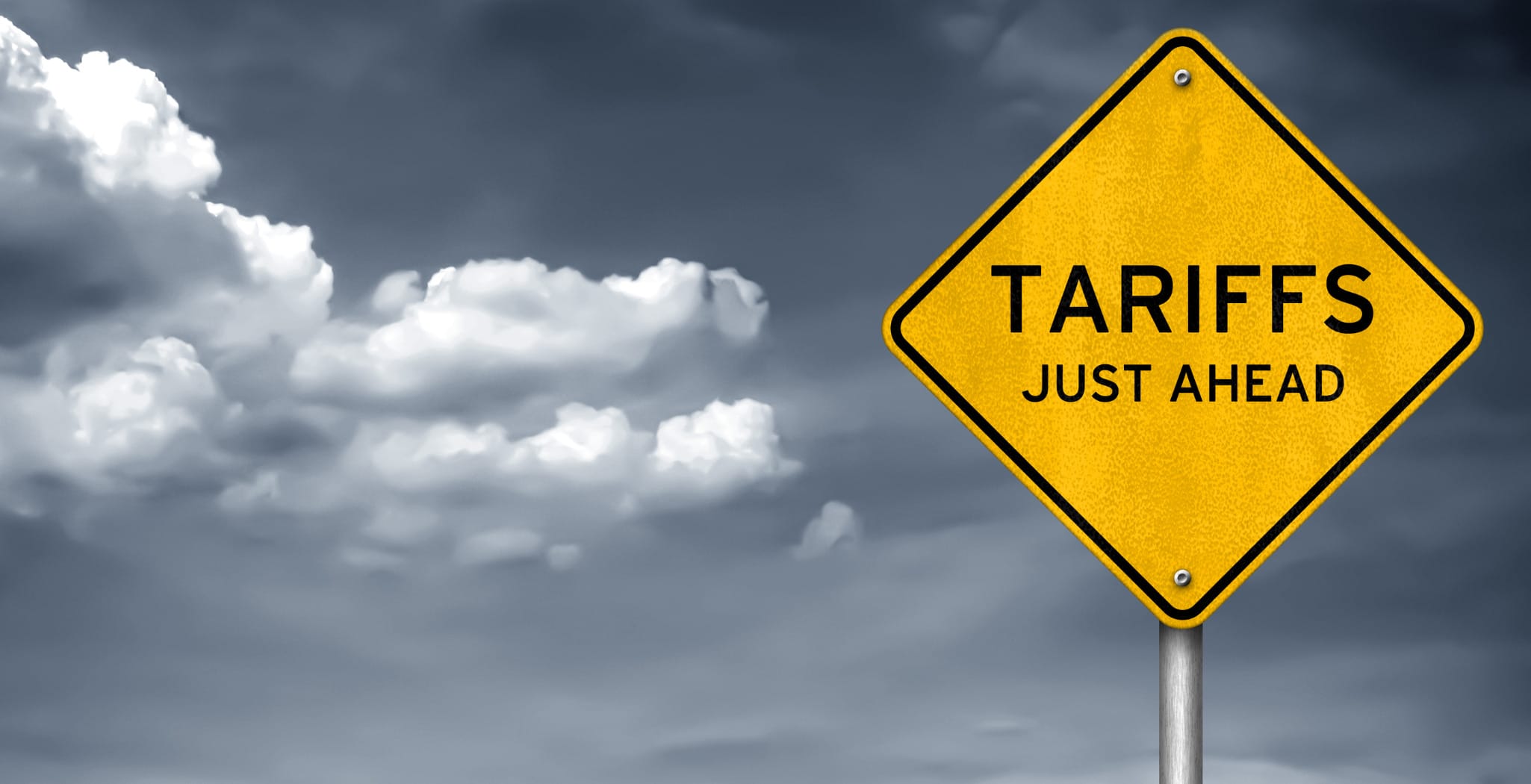There is one reason and one reason only that decision makers elect to have products manufactured in China and that is cost savings. Assuming that manufactured costs are lower in China due to labor savings, there are many other cost levers to consider when manufacturing offshore in China. Here are the top five:
1. Freight Costs
Freight and logistics should not exceed 10-12% of your total cost of goods. In other words, if you ship a 40 foot container to the U.S. this will cost on average $5,000 including import fees, duties, tax and drayage (overland transportation to/from a shipping port). So if you can’t move approximately $50,000 of product, that should already be 20-30% below existing manufactured cost, you need to re-evaluate whether it makes sense.
2. Carrying Cost of Capital
Cash is king in any business. It is critical to produce inventory that will move once it gets to the U.S. otherwise each month that inventory is tying up capital and not producing top line sales revenue, you are eating into your cashflow.
3. Warehouse Space
Every square foot of a warehouse used to store products has a fixed cost. Unless you have excess space available, you need to be certain you are allotting this valuable real-estate to products that are generating revenue. Otherwise the savings will be offset by the additional cost of warehouse space.
4. Due Diligence
For items #2 and #3 it is imperative that analysis be given to not only finished goods but also raw material and components. Often overlooked is the advantage of using China to absorb the financial burden of not only managing but paying for commodity purchases, raw material, components and works in progress. Every month of financial responsibility taken on by your China producer is a month of cashflow freed up for your business.
5. Start-up Costs
Your China factory will absorb many intangibles associated with start-up costs including learning curve, purchasing coordination, and in many cases tooling not to mention infrastructure such as plant, property and equipment.
Quality, consistency and timing should only be the “cost of admission” and no sacrifices should be made in these areas.
Interested in learning more? You can right here.





Follow Us